You ever come across a phone that kind of sneaks up on you? That’s the Honor 400. It’s not making headlines with wild specs or flashy gimmicks, but once you spend a little time with it, you start to realize—it’s actually kind of great.
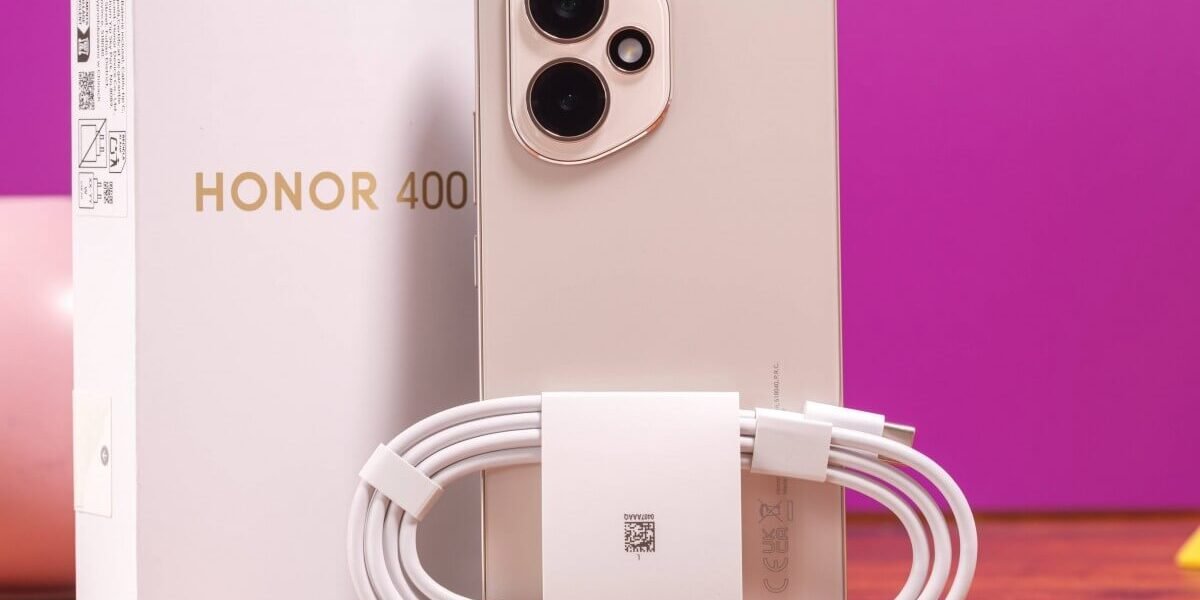
First Impressions: Simple, But Clean
Out of the box, the Honor 400 doesn’t try too hard. And honestly, that’s refreshing. It’s got a clean design, soft curves, and a matte finish on the back that feels surprisingly premium for a budget device. It’s light, easy to hold one-handed, and doesn’t pick up fingerprints like crazy.
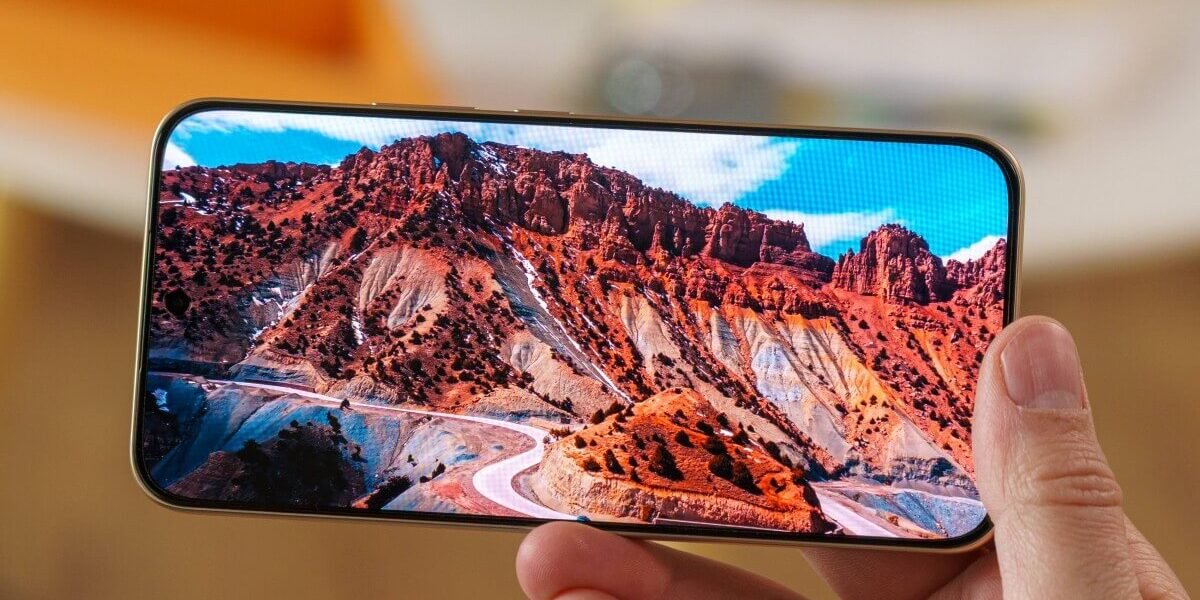
The camera module’s a bit bold, with that dual-circle layout that Honor’s been leaning into lately. But it works—it gives the phone a bit of personality without going overboard.
Display: Better Than Expected
The screen is where things get interesting. You’re looking at a 6.7-inch FHD+ panel with a 90Hz refresh rate. It’s not OLED, but for an LCD, it looks crisp and colorful. Bright enough for most situations, decent viewing angles, and smooth scrolling thanks to that high refresh rate.
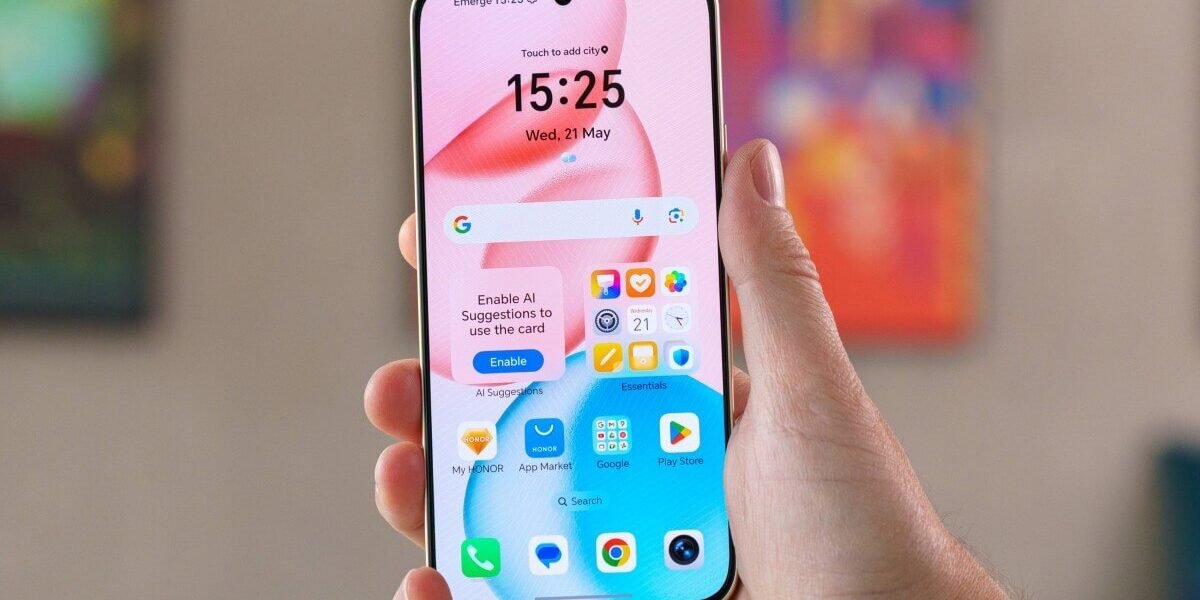
If you’re watching videos, browsing, or just doom-scrolling late at night, the display holds up way better than you’d expect in this price range.
Performance: Gets the Job Done
Under the hood, the Honor 400 runs on a MediaTek Dimensity 6100+ chip with 8GB of RAM and 256GB of storage. It’s not a powerhouse, but it’s more than enough for day-to-day stuff. Apps open quickly, multitasking is smooth, and it even handles light gaming without melting down.
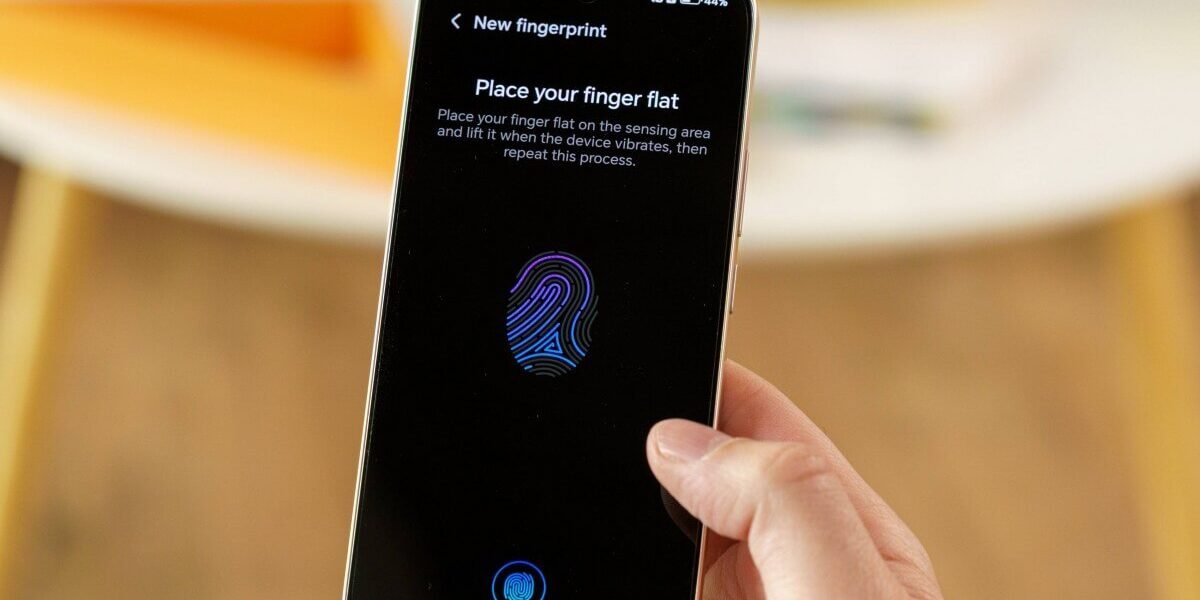
Don’t expect to run Genshin Impact on max settings, but for the average user? Totally fine. And thanks to Honor’s lightweight MagicOS skin, things stay snappy and uncluttered.
Cameras: Not Bad at All
The 50MP main camera is the star of the show. In good lighting, it delivers sharp, balanced shots with natural colors. Low light is hit or miss—sometimes a bit grainy—but again, for a budget device, it’s more than acceptable.
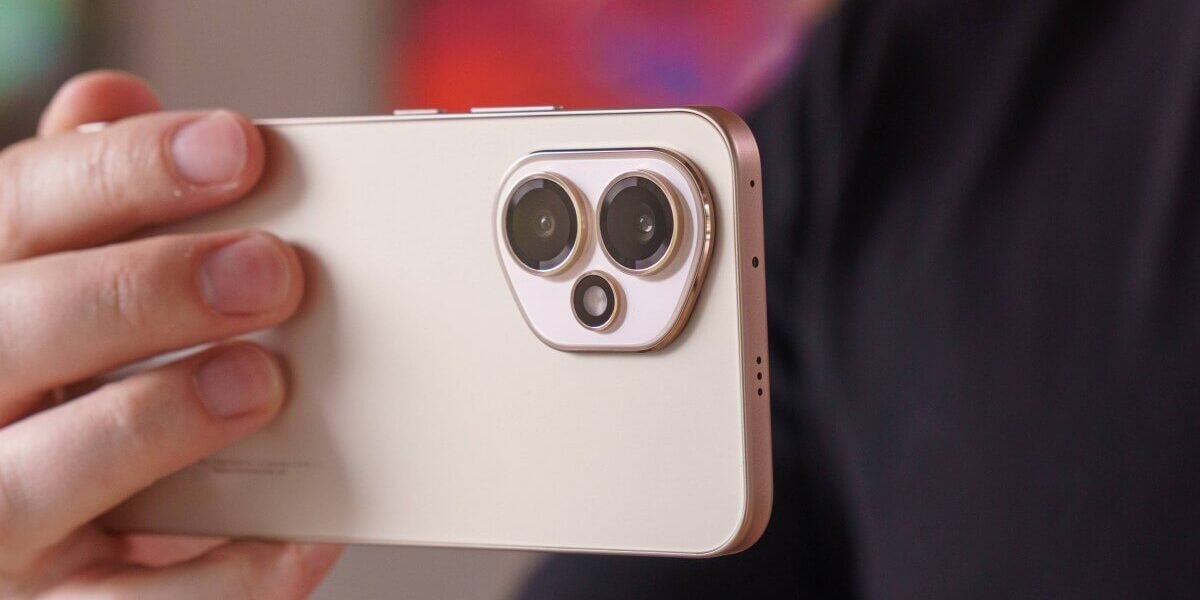
There’s also a secondary depth sensor, mostly for portrait shots, and it does a decent job separating the subject from the background. The 8MP selfie cam is solid for video calls and social media—nothing fancy, just reliable.
Battery Life: All-Day Comfort
One area where the Honor 400 really shines is battery life. With a 5,000mAh battery, you’re easily getting through a full day—and probably spilling into the next. Even with the screen set to 90Hz, it sips power. You can browse, stream, chat, and still end your day with juice left.

It supports 35W fast charging, which isn’t blazing fast, but still gets you from 0 to around 50% in under 30 minutes. Not bad at all.
A Few Extras That Make a Difference
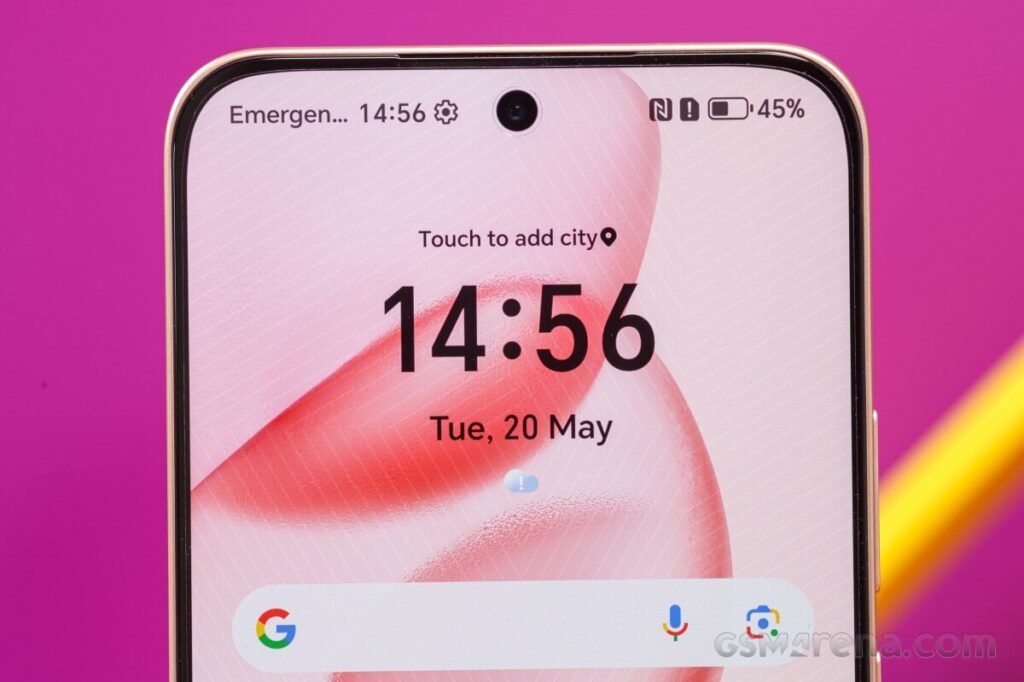
Side-mounted fingerprint scanner: Fast and reliable.
Headphone jack: Yes, it still exists.
Expandable storage: Always a nice bonus.
The Honor 400 isn’t trying to be the flashiest phone in the room. It’s more like that reliable friend who doesn’t say much but always shows up and gets the job done. For the price, it delivers way more than you’d expect—solid performance, great battery, and a camera that doesn’t embarrass itself.
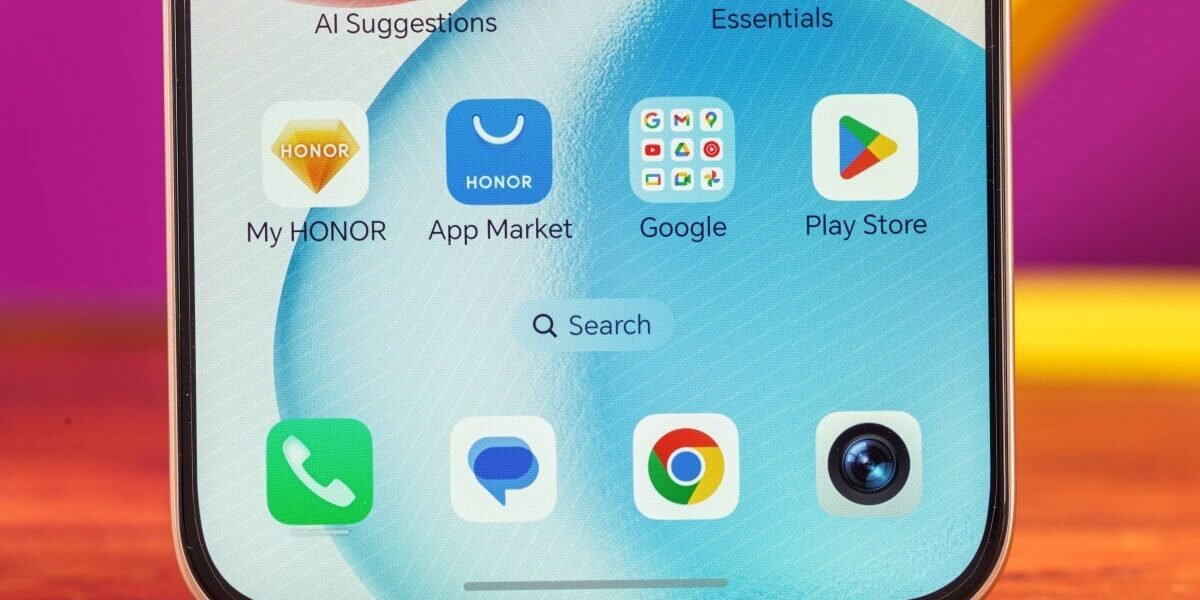
If you’re looking for a budget phone that doesn’t feel cheap, the Honor 400 should absolutely be on your radar. No unnecessary fluff—just a good, honest smartphone that gets the fundamentals right.
The Snapdragon 7 Gen 3 delivers a smooth and efficient experience for everyday smartphone tasks—think multitasking, social media, video streaming, and casual gaming. Built on a 4nm process, it features an octa-core CPU with a high-performance Cortex-A715 core clocked at 2.63 GHz, which helps apps launch quickly and run fluidly
In real-world use, it handles:
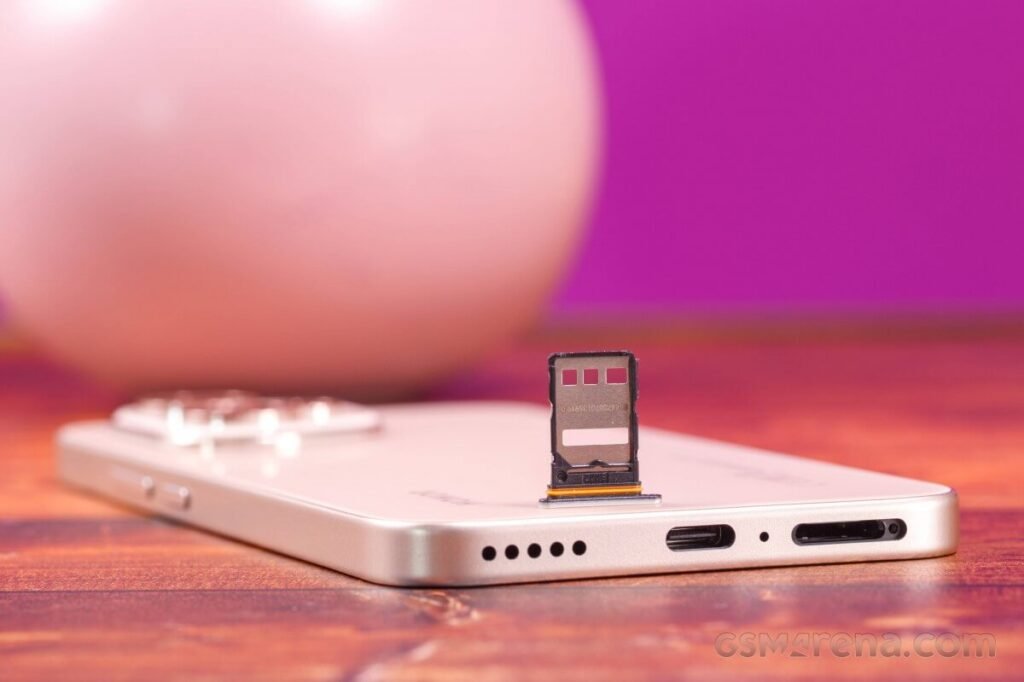
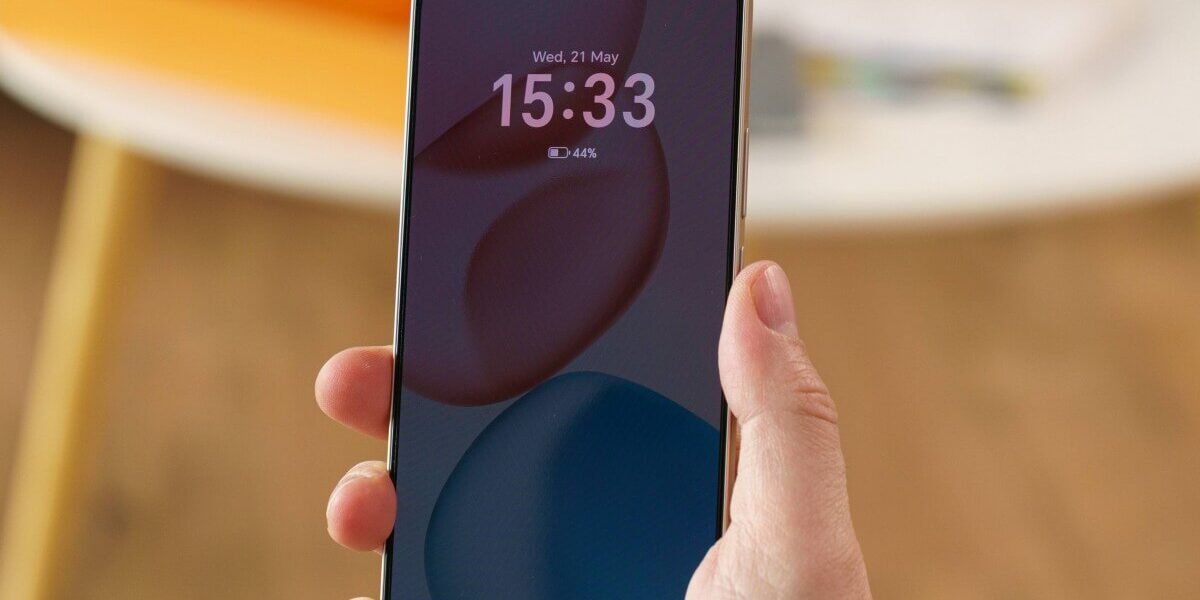
Multitasking: Switching between apps is seamless, even with multiple tabs or background processes.
Gaming: The Adreno 720 GPU supports high frame rates and detailed graphics in popular titles like PUBG Mobile and Genshin Impact, often hitting 60 FPS on medium to high settings.
Battery Life: Thanks to its power-efficient design, it offers excellent battery endurance—great for users who are always on the go.
AI Tasks: It includes a neural processing unit (NPU) that boosts AI-driven features like image enhancement, voice recognition, and smart camera functions.
Benchmarks back this up too: it scores over 800,000 on AnTuTu 10, putting it comfortably in the upper mid-range tier.
Great question, Muntasir! The Snapdragon 7 Gen 3 and Dimensity 8200 are both strong mid-range chips, but they shine in slightly different ways:
🔥 Performance
Dimensity 8200 has a slight edge in raw power. It features higher CPU clock speeds (up to 3.1 GHz vs. 2.63 GHz) and scores about 14% higher on AnTuTu 10—around 933,000 vs. 817,000 for the Snapdragon 7 Gen 3.
In Geekbench 6, the Dimensity also leads with 1224 single-core and 3891 multi-core scores, compared to 1139 and 3375 for the Snapdragon.
🎮 Gaming & Graphics
Snapdragon 7 Gen 3 uses the Adreno 720 GPU, while the Dimensity 8200 has the Mali-G610 MP6. In 3DMark Wild Life, they’re neck and neck—Snapdragon slightly ahead with 5916 vs. 5876 points.
Both chips handle high-end mobile games well, but Snapdragon may offer better driver optimization and thermal efficiency in longer sessions.
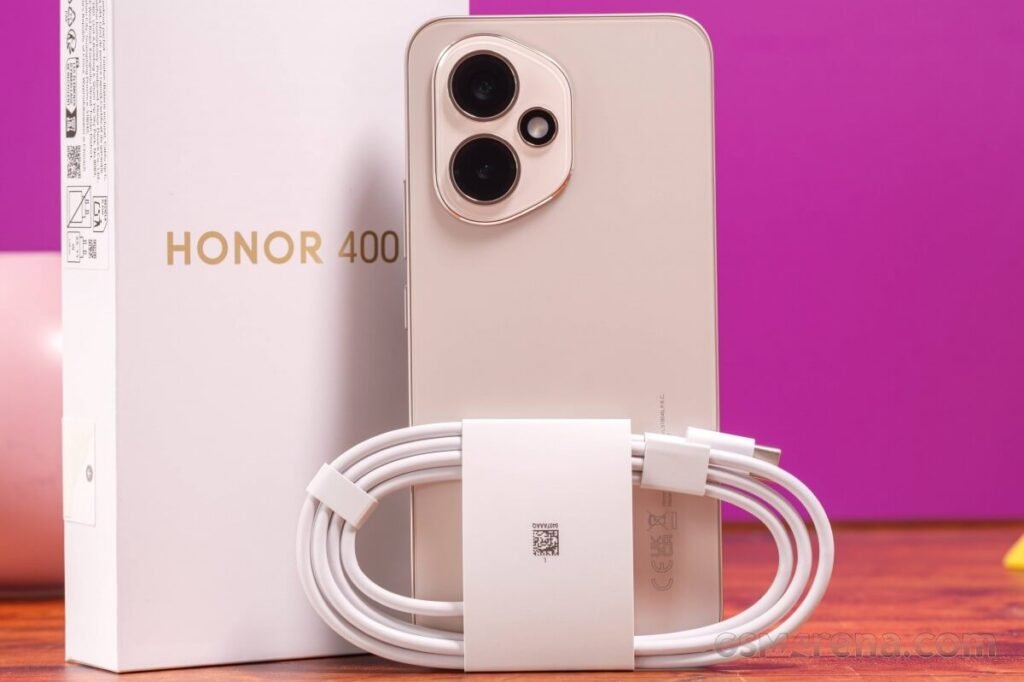
🔋 Efficiency & AI
Both are built on a 4nm process, so they’re efficient. Battery life is comparable, with both scoring 91/100 in NanoReview’s efficiency rating.
Snapdragon’s Hexagon NPU gives it a boost in AI tasks like image processing and voice recognition, while Dimensity’s AI engine is no slouch either.
🧠 Verdict
Go with Dimensity 8200 if you want raw performance and better memory bandwidth.
Choose Snapdragon 7 Gen 3 if you value AI features, camera enhancements, and long-term software support—especially in phones like the Honor 400.

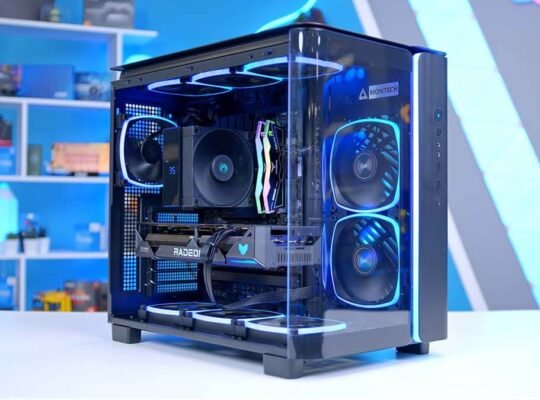

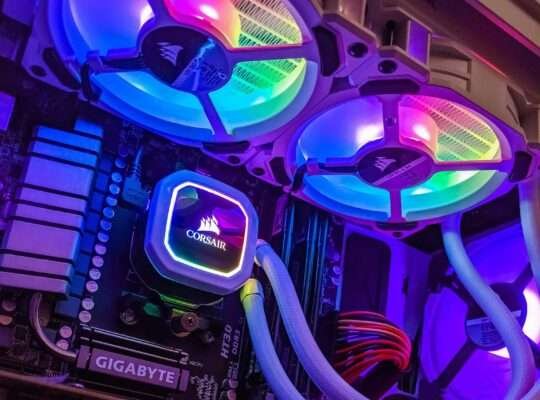

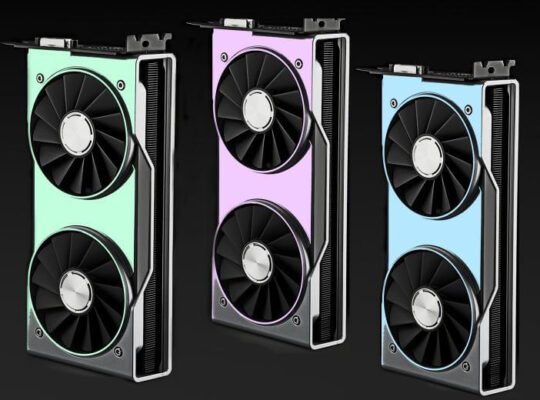
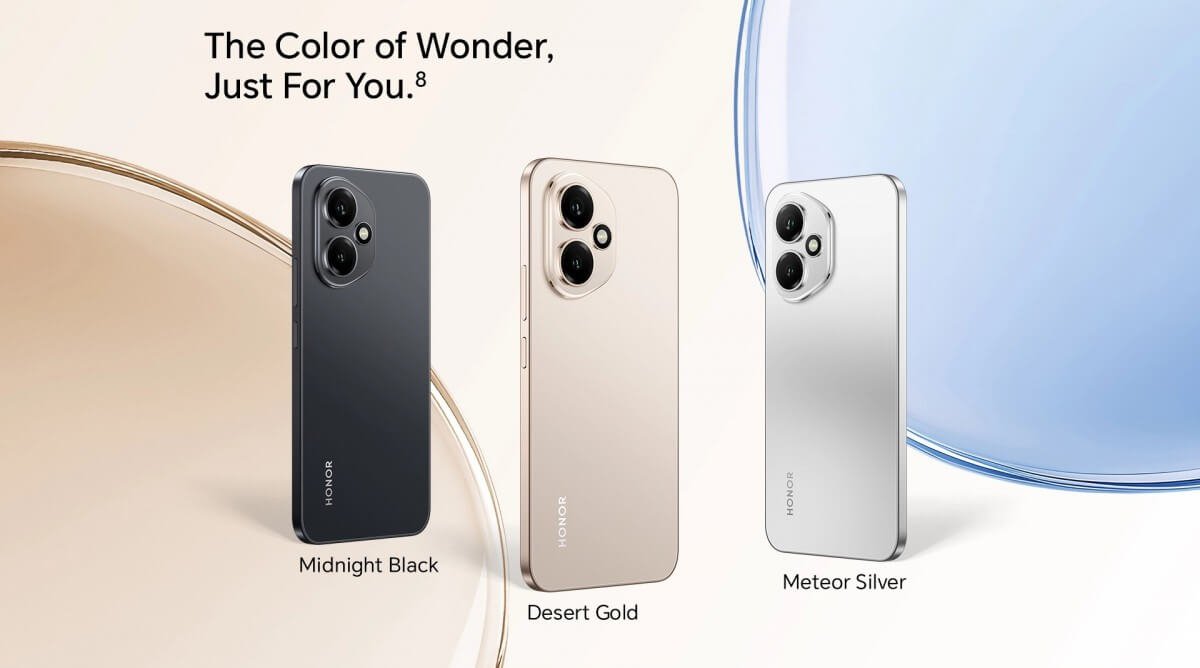
1 Comment